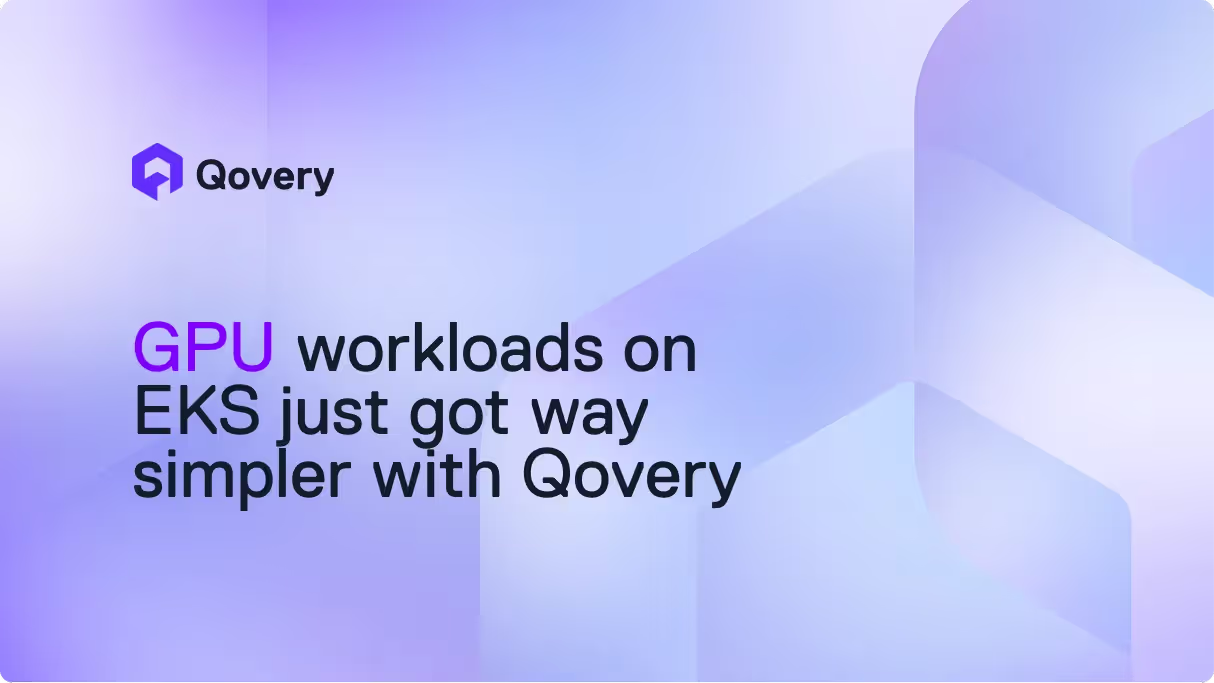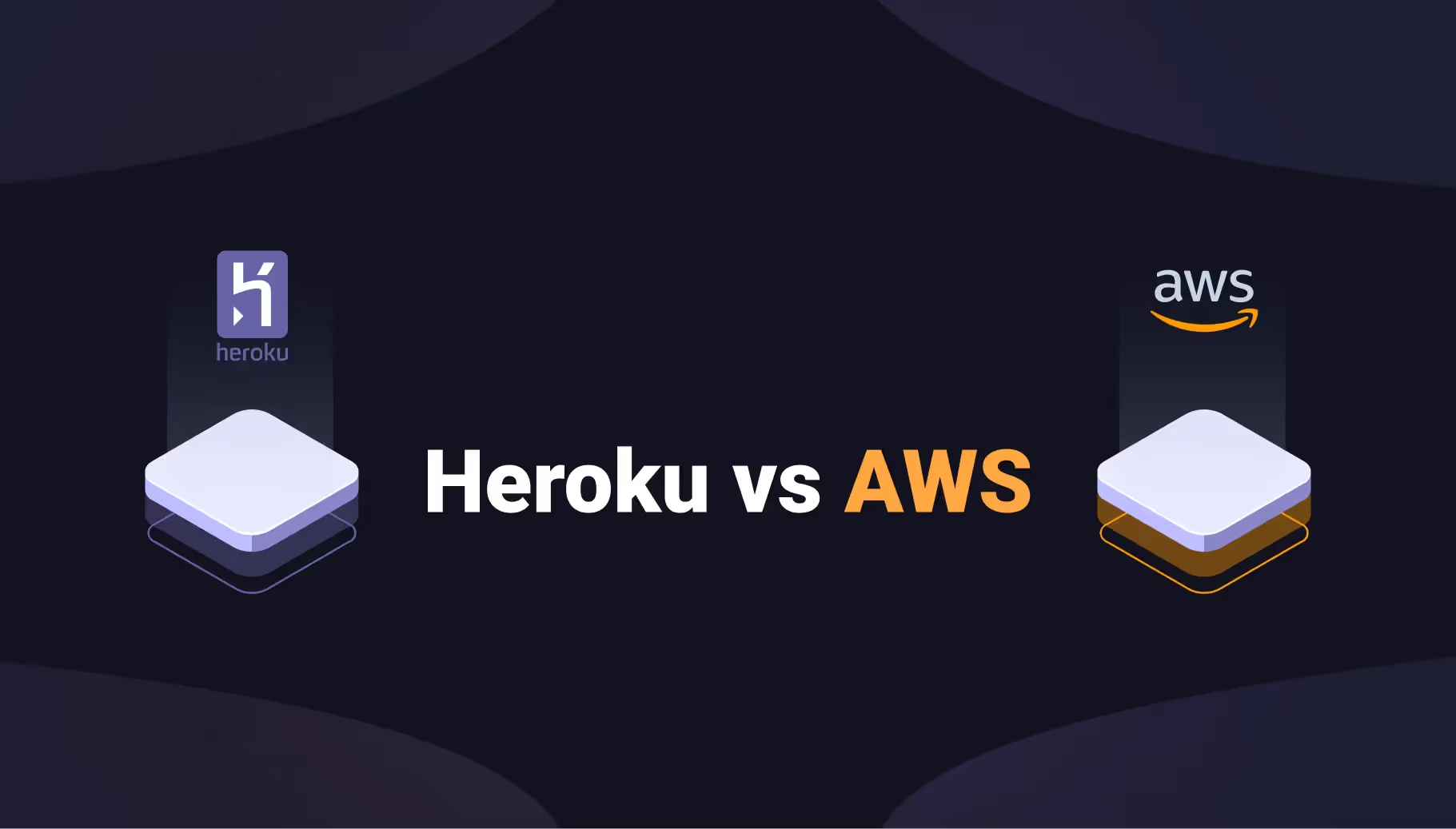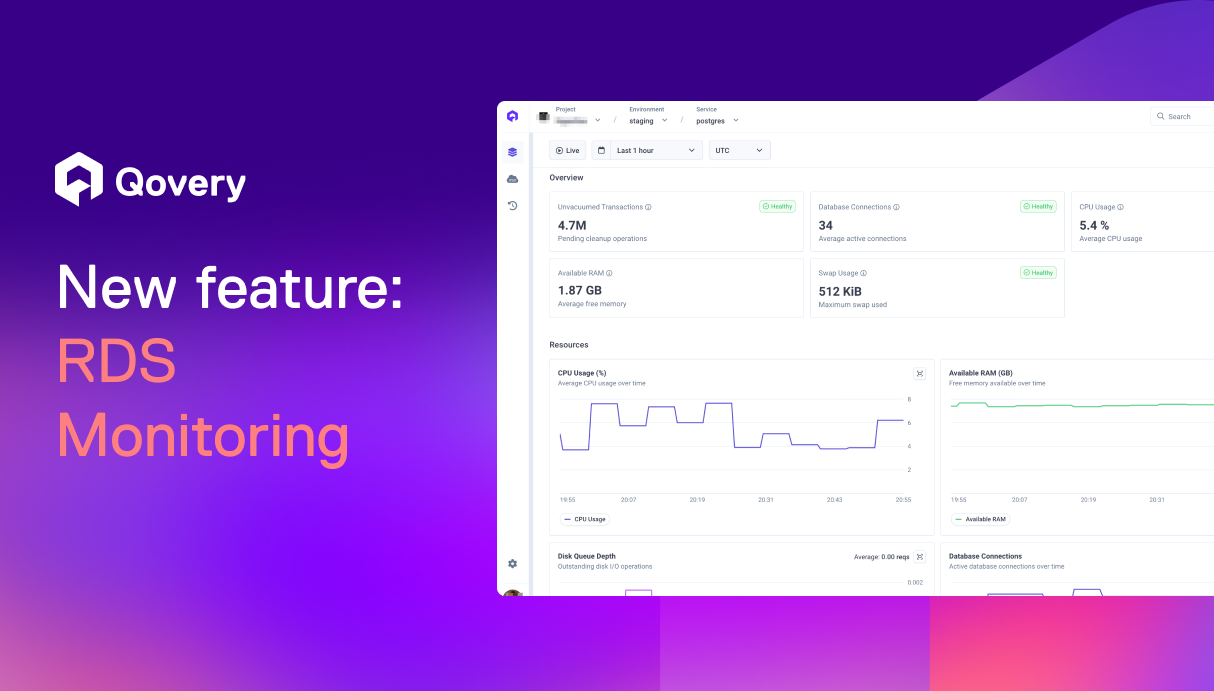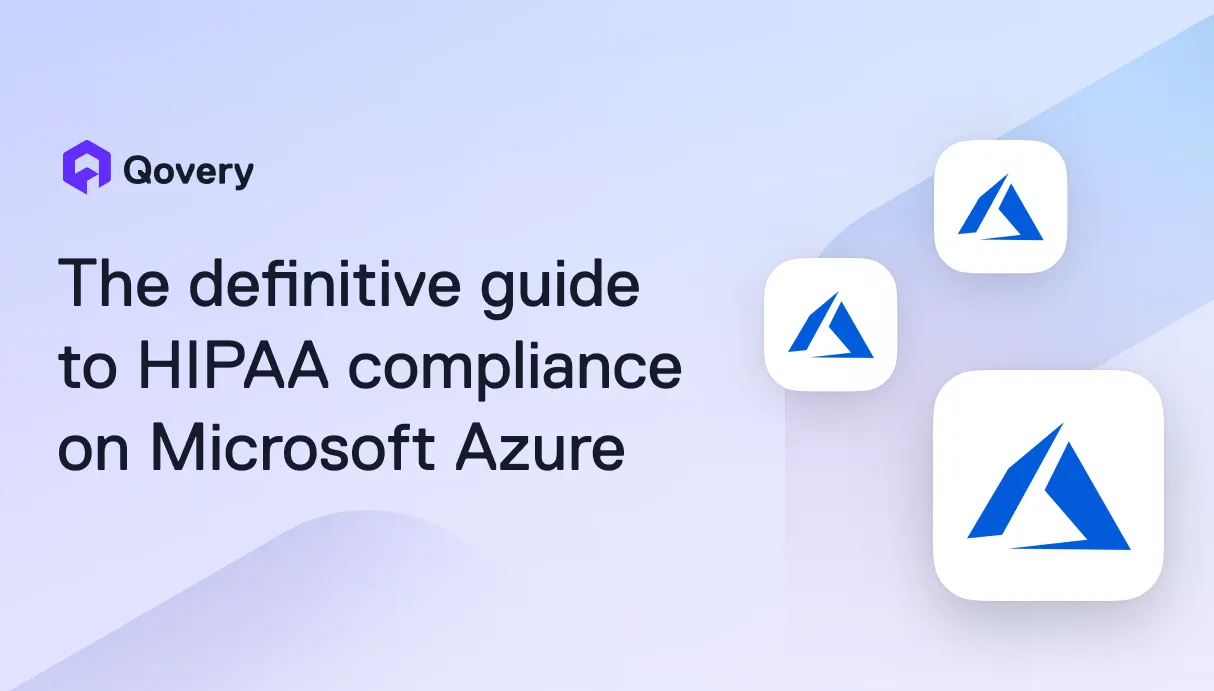


GPU workloads on EKS just got way simpler with Qovery



Key Points:
- Qovery radically simplifies GPU provisioning on EKS: It automates the entire complex process, which previously involved manually defining node pools, configuring YAMLs, installing NVIDIA plugins, and modifying application manifests; reducing it to a few simple steps and eliminating significant DevOps overhead.
- Controlled and cost-optimized GPU access: Users can easily enable GPU node pools, select instance types (mixing On-Demand and Spot instances for cost/performance), define cluster-wide limits, and specify the GPU needs per application.
- Automatic setup and optimization: Qovery automatically handles the technical backend, including installing and configuring the NVIDIA Kubernetes Device Plugin and ensuring cost efficiency by selecting the best instance type combinations through its Karpenter implementation.
Run GPU-Powered applications on an EKS cluster in minutes
Whether you’re training models, running inference pipelines, or powering compute-heavy workloads, Qovery makes GPU provisioning on a EKS cluster simple as that:
- Enable the GPUs on your cluster:
- enable GPU node pools in your cluster settings
- choose the instance types you need.
- Mix On-Demand and Spot instances for the best balance of cost and performance.
- Define limits on the number of GPUs that can be used overall by your cluster.
- Define GPU needs per application: specify how many GPUs your app requires. Qovery handles provisioning, scheduling, and placement for you.
Qovery's Provision (our Kubernetes deployment platform) automatically takes care of:
- NVIDIA plugin setup: Qovery installs and configures the NVIDIA Kubernetes Device Plugin automatically, so your applications can access GPUs right away.
- Cost optimization: Qovery selects the most cost-effective instance type combination based on your workload’s GPU requirements, thanks to the Karpenter implementation.
What it used to look like (before Qovery)
Before this release, setting up GPU workloads on Kubernetes meant doing everything yourself:
- Manually define and deploy GPU node pools
- Create YAML or CLI definitions for GPU-capable nodes, labels, taints, and autoscaling.
- Configure Spot instance handling and scaling behavior.
- Install NVIDIA components
- Add the NVIDIA Helm charts for the device plugin and drivers.
- Manage chart values, version compatibility, and updates across clusters.
- Modify application manifests
- Add resources.requests/limits for nvidia.com/gpu.
- Set node selectors, tolerations, and affinities for GPU nodes.
- Tune and redeploy Helm charts for GPU access.
- Maintain and optimize over time
- Monitor GPU utilization and keep costs under control.
- Update plugins and drivers as Kubernetes versions evolve.
Now, Qovery does all that for you.
Why this matters
GPU workloads are core to modern applications but Kubernetes wasn’t built to make GPU management simple.
Qovery bridges that gap by abstracting away the complexity. In just a few clicks, your applications can access powerful GPUs, without the DevOps overhead.
Get started
You can start using GPU node provisioning today.
Check out our documentation to learn how to enable GPU support for your clusters and applications.

Suggested articles
.webp)



.svg)
.svg)
.svg)










.webp)

